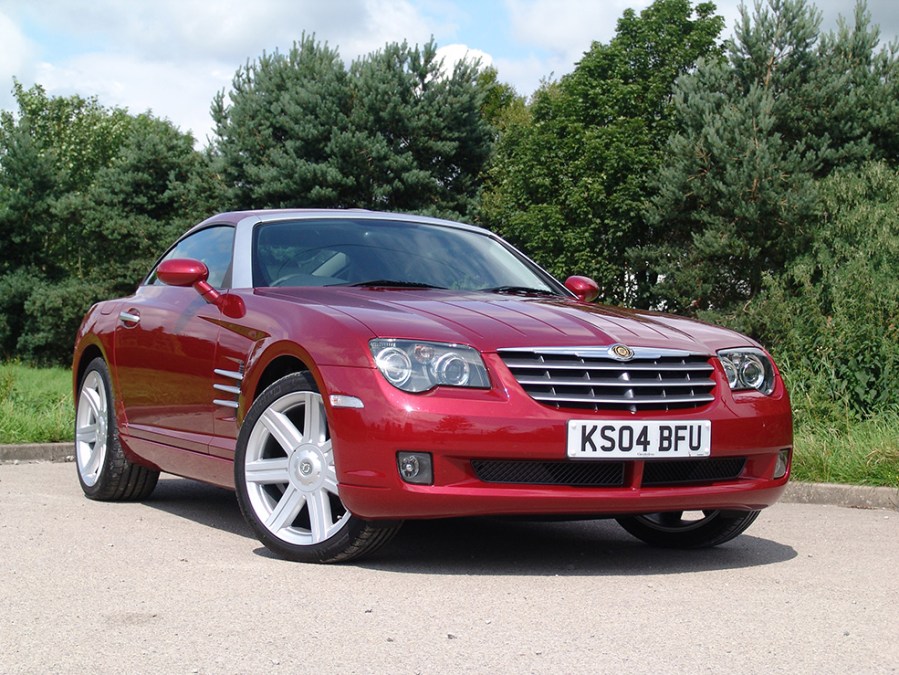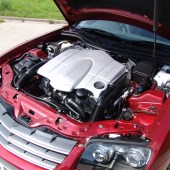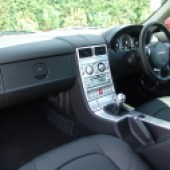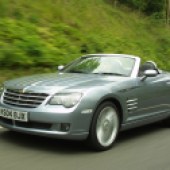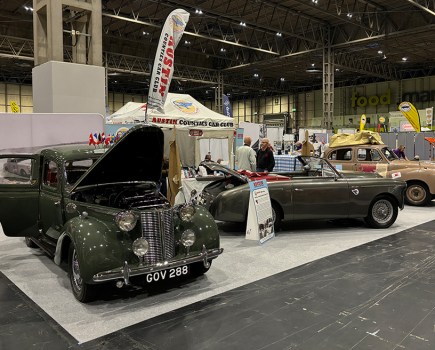Built during the union of Daimler and Chrysler, the Crossfire is essentially a first-generation SLK, sharing 80% of its components. So why did it get a bad reputation here?
I get the sense the above question is down to badge snobbery. Socio-economic status is very important to folk in the UK. We like one-upmanship, we like to feel that we’re important, show off our achievements, but we do this through items like cars. I know you know exactly what I mean here. We look at a Kia, or a Dacia as knock-off cars, maybe even Skoda to some extent.
A more modern example, and carrying more relevance in this case: take the upcoming Toyota Supra and BMW Z4. Both cars will be the same, with the same engine and body but both will be badged by their respective companies. My guess is that the owner of the BMW will be seen as the more affluent higher achiever of the two. That’s exactly the case with the Chrysler Crossfire and Mercedes SLK. The Merc driver will be seen as having done better in life, shall we say.
I bring this up because when I mentioned to someone about the two cars they immediately said the Mercedes was the better car. “But they’re much of the same car,” I insisted, pointing out that in fact 80% of the two are the same. “No, the Mercedes will always be the better car…” Right.
So the poor Chrysler is already off to a bad start. But, could this poor start help the genuine enthusiast in the long run? The used market, with comparative engines, commands roughly £1500 more for the SLK than the Chrysler. One point back to the Crossfire.
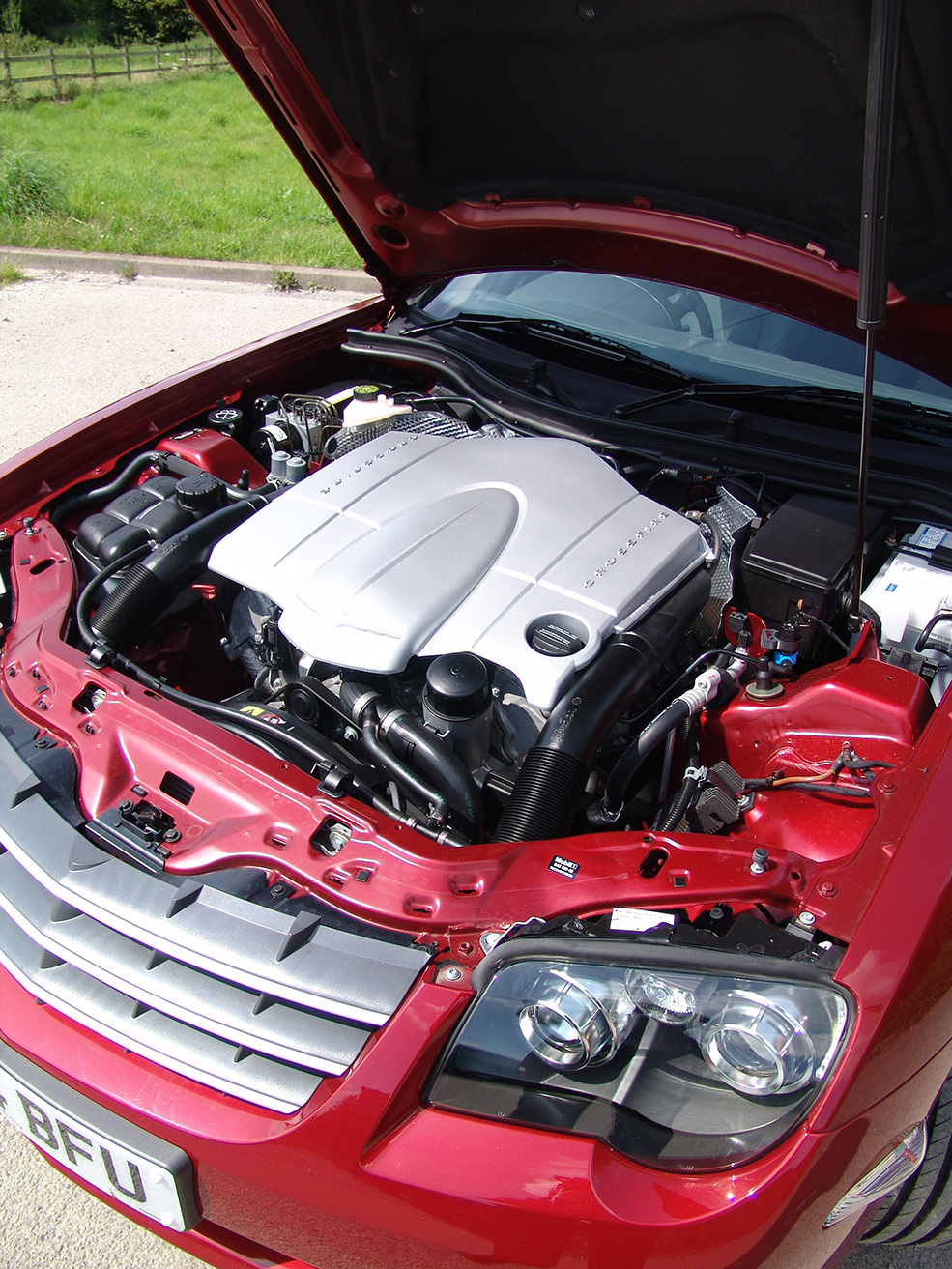
Let’s talk about the car as a modern classic. The basics are that it was built from 2003-2007 and features a 3.2-litre Mercedes V6 with 215bhp in standard trim and 330bhp in supercharged (AMG powered) SRT-6 trim. The engine was mated to a Mercedes five-speed G-Tronic automatic or a six-speed manual from Chrysler, with the majority of owners opting for the former according to the cars for sale today.
Power was sent to the rear wheels and the two body styles were either hard-top coupé or open-top roadster. In short, it shares the SLK platform from the first generation R170 car. The second generation SLK used the R171 platform, which was introduced in 2005.
The Chrysler is an odd one in my eyes, being neither pretty nor ugly. From some angles it works, from others it doesn’t quite work. But as a package it’s good. It’s certainly a whole lot better than Chrysler’s other attempts in the UK… namely the PT Cruiser.
You do have to admire Chrysler though; the Crossfire’s body is certainly unconventional. It could have quite easily toned down the styling and based it even more closely on the SLK, but it chose not to. Its plan? To attract customers with a stylish fastback body and keep customers with the Mercedes running gear. The addition of a hardtop over the SLK enabled Chrysler to equip the car with higher rigidity, something it claimed was stronger than a 911.
The suspension system is also borrowed from Mercedes, although again unconventional.
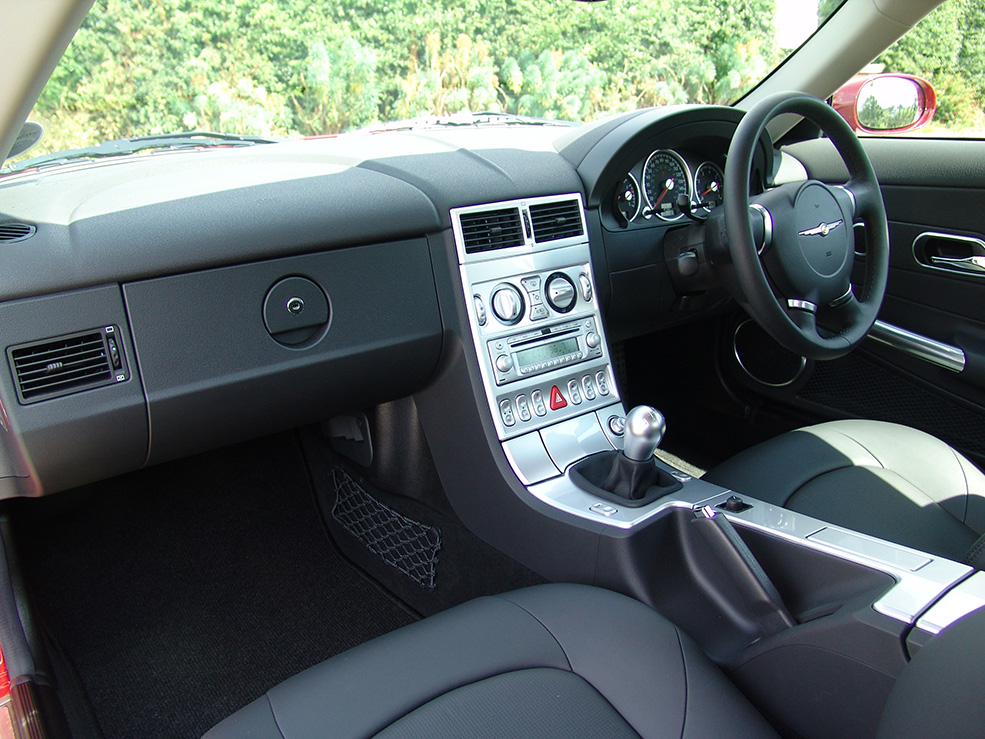
The upper front control arms are taken from the W210 E-class, while the lower control arms are from the C-class saloon, as also used on the first generation SLK. The multilink rear suspension is again borrowed from the SLK, but revised and modified by Chrysler to allow for wider 9×19 inch wheels at the rear, while the fronts sat at 7.5×18 inch. To accommodate for the wider wheels – and add to overall rigidity – the rear has a thicker anti-roll bar compared to the SLK, as well as firmer damping. The brakes are taken straight from the SLK, too.
The Crossfire does well in handling tests. Car and Driver noted that in their tests, the Crossfire suffered less from understeer than the 350Z, arguably a direct competitor, also featuring a V6. Critics have suggested that while the rear is sticky and makes the car feel planted through the corners, inducing small slides is possible, as well as transferring the weight through apexes by letting the rear slide, but it feels snappy and uncontrolled; whereas cars like the 350Z allow you to play with the rear much more.
The manual is also the car to have, with the automatic a little slow in action. But most cars for sale are automatics, so you could be hard pushed to find a manual.
Ultimately, the Chrysler Crossfire presents itself as a fairly attractive buy; a 3.2-litre Mercedes V6 with over 200bhp, a manual gearbox, rear-wheel drive and the feeling of a sports car. Its unique styling will have people going a little ‘Marmite’ over it, but you’ll certainly stand out from the crowd. Ownership will also land you with a fairly exclusive but active following in the Crossfire Owners’ Club. With the Mercedes platform underneath, this Crossfire is well on its way to modern classic status.

